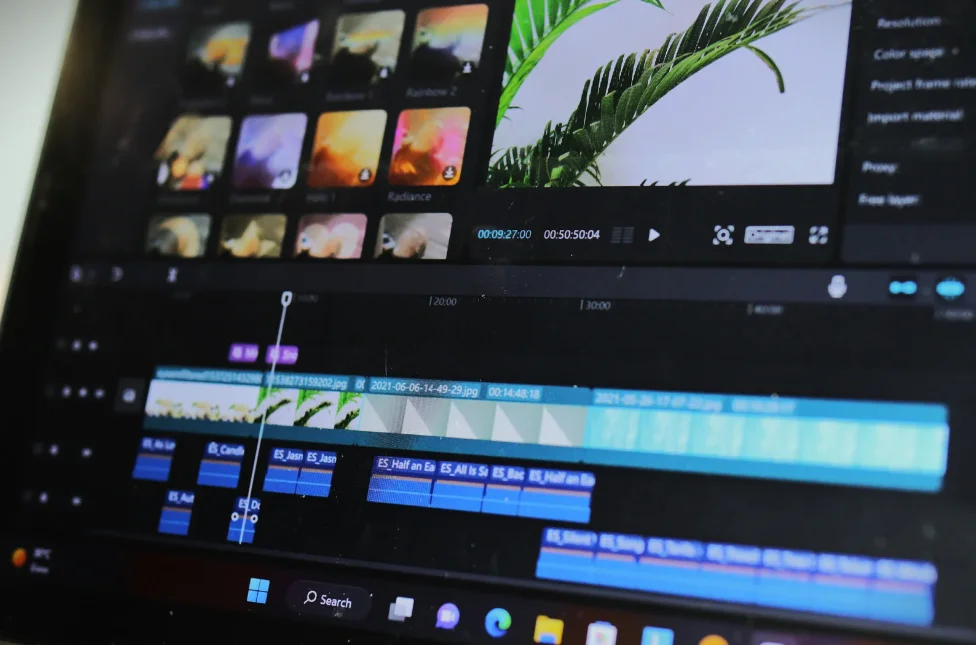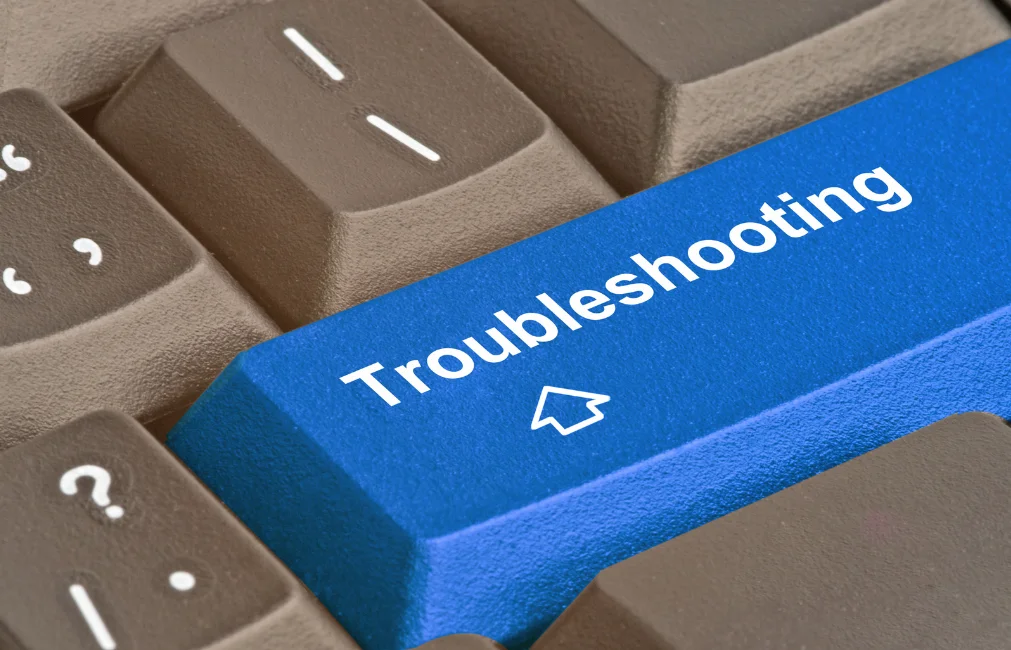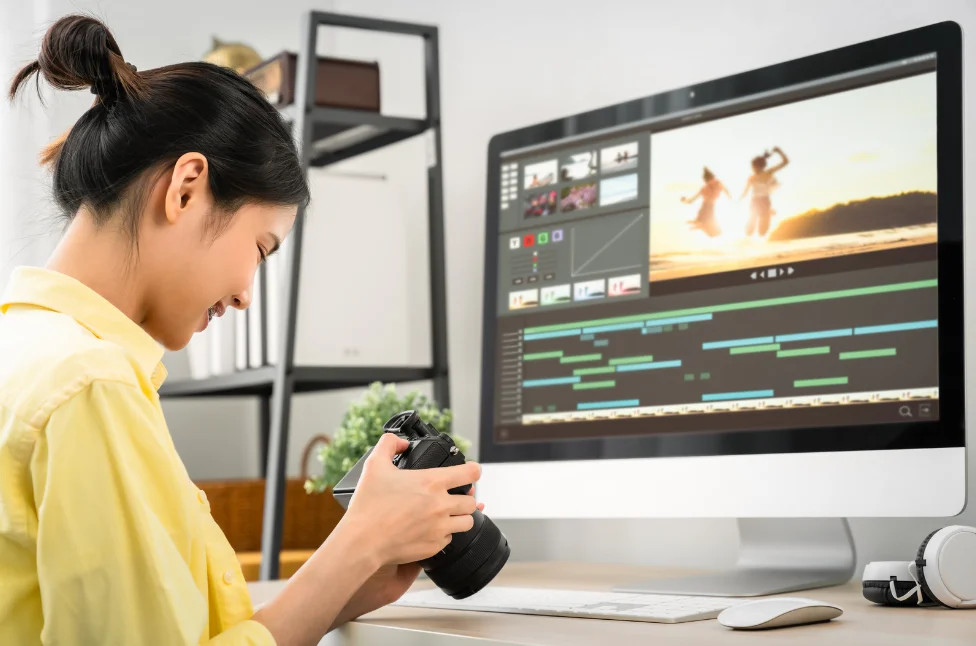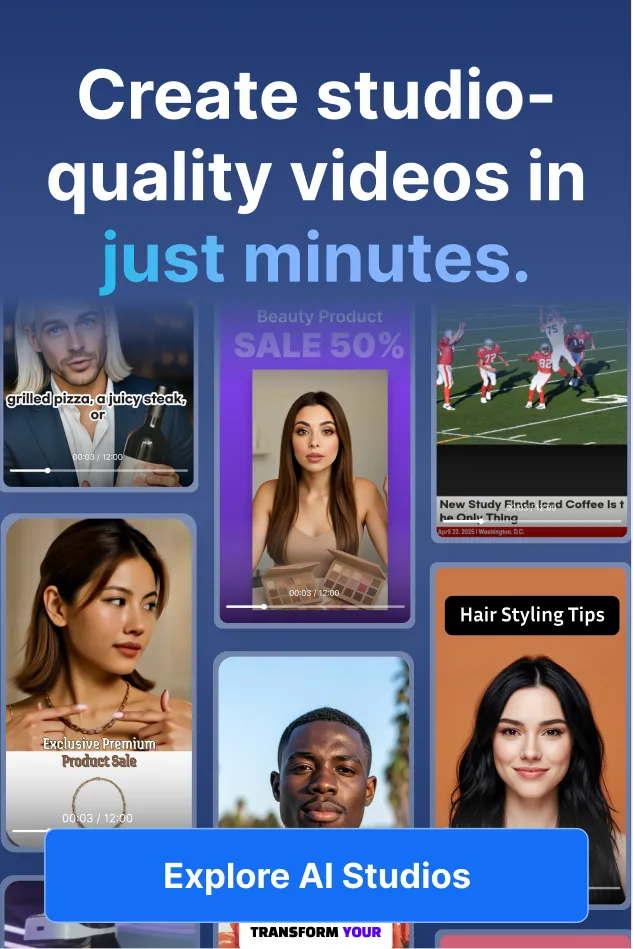Quick Start Guide to Your First YouTube Video

Interested in creating a YouTube video but not sure where to start? You're not alone. The process can seem daunting, but it doesn't have to be. This guide is designed to provide a clear and concise pathway for aspiring YouTubers. From planning your content to hitting the upload button, we'll cover the essential steps to help you produce a video that's ready for the world to see. With practical advice and straightforward tips, you'll learn how to navigate the creation process efficiently and effectively.
Creating a successful YouTube video involves more than just hitting the record button. What topics will engage your audience? Which filming techniques will enhance your storytelling? How can detailed editing elevate your final product? And once it's all done, how do you ensure your video gets noticed? This guide answers these questions with a no-nonsense approach, giving you the confidence to make a YouTube video that's both high-quality and highly watchable. So, let's get started and turn your vision into viewable content.
Step 1: Planning Your Video

The blueprint of any great YouTube video lies in its planning stage. This is where you lay the foundation and build the framework for your content. A well-planned video not only resonates with viewers but also streamlines your production process.
- Choosing a Topic: It's imperative to pick a video topic that not only energizes you but one that you believe will also be thrilling for your audience. Check the pulse of your target demographic, utilize tools like Google Trends, and browse through forums relevant to your niche to identify subjects that are both timely and perennial.
- Scripting and Storyboarding: When writing your script, ensure that it has a clear beginning, middle, and end. This narrative structure is paramount in keeping viewers engaged. For more complex projects, consider software like Celtx or Final Draft to create a professional script. Conversely, storyboarding can be as simple as stick figures on index cards. A digital alternative is using apps like Storyboard That, which allow for more polished visuals.
Gather Equipment: Identify the tools you'll need to bring your video to life. This might include a camera, tripod, lighting, microphones, and any additional accessories that can enhance your production value.
Equipment Checklist:
Equipment Type Options Camera DSLR, Mirrorless, Smartphone, Webcams Stabilization Tripods, Gimbals, Handheld Rigs Lighting Softboxes, Ring Lights, Natural Light Audio Lavalier Mics, Shotgun Mics, Booms Accessories Spare Batteries, Memory Cards, Lenses - Prepare Your Set: Find a location that complements your video's theme and minimizes distractions. Set up your equipment and arrange any props or background elements to create a professional and appealing environment.
Step 2: Filming Your Video

With your plan in hand, you're ready to capture your vision on camera. Filming is the execution phase where your ideas start to materialize, and attention to detail is key.
- Set Up Your Camera: Secure your camera on a tripod or a steady surface to prevent shaky footage. If you're filming with a smartphone, invest in a quality phone holder or gimbal for added stability.
- Check the Lighting: Good lighting can dramatically improve the quality of your video. Aim for soft, even lighting to avoid harsh shadows or blown-out highlights.
Test Your Audio: Clear audio is essential for viewer engagement. Use an external microphone when possible and conduct a test recording to ensure clarity and to identify any intrusive background noises.
Light and Sound Visual Aid:
Aspect Tips Lighting Utilize the soft glow of natural light during the golden hour for a flattering effect. When indoors, LED panels with adjustable color temperatures can mimic natural light. Audio Record in a quiet environment when possible. Lapel mics are excellent for clear voice recording, especially in noisy settings. - Record Multiple Takes: Give yourself the freedom to experiment by recording several takes. This not only provides you with options during the editing phase but also allows you to refine your performance or delivery with each take.
Step 3: Editing Your Video

Editing is the transformative stage that turns your raw footage into a polished and engaging narrative. It's your opportunity to craft the story you want to tell and to infuse your video with rhythm and pace.
- Import Your Footage: Begin by transferring your video files to your computer and loading them into your chosen editing software.
- Cut and Arrange Clips: Trim out any extraneous footage and sequence your clips to create a coherent and dynamic flow.
- Add Transitions: Employ transitions judiciously to guide your viewers from one scene to the next without disrupting the narrative.
- Enhance Audio: Balance your audio levels, clean up any noise, and ensure that your voice or music is crisp and clear.
- Add Music and Sound Effects: Thoughtfully select music and sound effects that complement the tone of your video and add an extra layer of emotion or emphasis.
- Include Text and Graphics: Integrate titles, captions, and graphics to underscore important points or to add a professional touch to your video.
- Export Your Video: Once you're satisfied with the final cut, export your video in a format optimized for YouTube to maintain quality and ensure compatibility.
To help you choose the right editing software for your project, here's a comparison of five popular video editing tools:
| Software | Price | Level | Platform | Key Features |
|---|---|---|---|---|
| Adobe Premiere Pro | Subscription-based | Professional | Windows, MacOS | Industry-standard, cross-platform compatibility, extensive features |
| Final Cut Pro X | One-time purchase | Professional | MacOS | Magnetic timeline, strong organizational tools, optimized for Mac |
| DaVinci Resolve | Free, with paid version | Professional | Windows, MacOS, Linux | Advanced color grading, multi-user collaboration, free version available |
| Filmora | Subscription-based or one-time purchase | Beginner to Intermediate | Windows, MacOS | Intuitive interface, wide range of effects, affordable |
| iMovie | Free | Beginner | MacOS, iOS | Easy to use, integration with Apple ecosystem, basic editing tools |
Each software offers unique features and workflows, so consider your skill level, budget, and specific needs when making a selection.
Step 4: Uploading to YouTube

The final step in your video-making journey is sharing your creation with the world. Uploading to YouTube is the moment of truth where your content goes live for an audience to discover and enjoy.
- Sign in to YouTube: Access YouTube with your Google account to reach the platform's upload interface.
- Click on the Upload Button: Find the camera icon with a plus sign, typically located in the upper-right corner of the YouTube interface, to begin the upload process.
- Select Your Video File: Choose the video file you've exported and prepared for upload.
- Fill Out the Details: Provide a compelling title, an informative description, relevant tags, and select an eye-catching thumbnail that represents the essence of your video.
- Choose Privacy Settings: Determine the visibility of your video by selecting public, unlisted, or private options based on your intended audience.
- Publish: After completing all the necessary details, hit 'Publish' to make your video available to viewers across the globe.
For further assistance, consider these YouTube tutorials which provide visual guidance on the uploading process:
- YouTube Creators Channel: This official channel offers a wealth of tutorials on everything from starting a channel to optimizing your content for the platform.
- Video Influencers: Find tips and strategies for growing your YouTube channel and increasing your video's visibility.
- Think Media: A great resource for tech reviews, camera tutorials, and content creation strategies that can help you improve your video quality.
- Derral Eves: An expert in YouTube strategy, Derral Eves provides in-depth tutorials on how to get more views and subscribers.
Troubleshooting and Common Issues

Even with meticulous planning and execution, you may encounter some common issues when creating your YouTube video. Here are some FAQs to help you troubleshoot:
- Q: What should I do if my video quality isn't as high as expected after uploading to YouTube?
- A: Ensure that your export settings align with YouTube's recommended upload encoding settings. Adjusting the bitrate and resolution can often resolve quality issues.
- Q: How can I fix audio that is out of sync with my video?
- A: Out-of-sync audio can often be corrected in the editing phase. Use your editing software to detach the audio from the video and manually adjust the timing. If the issue persists, check for software updates or consider using a different editing program.
- Q: My video is taking a long time to upload. How can I speed up the process?
- A: Large files can take a while to upload, especially during peak internet usage hours. To speed up the process, you can compress your video file using tools like Handbrake or schedule your upload during off-peak hours.
Additional Tips and Tricks

To truly make your YouTube video shine and maximize its potential reach, consider the following tips and tricks:
- Optimize for SEO: Use relevant keywords in your video's title, description, and tags to improve its searchability. Tools like Google Keyword Planner and TubeBuddy can help you find the right keywords to target.
- Engage with Your Audience: Build a community around your content. Encourage viewers to like, comment, and subscribe. Make it a point to respond to comments to foster a sense of connection and show that you value their input and support.
- Promote Your Video: Don't rely solely on YouTube's algorithm to get your video noticed. Share it on your social media platforms, embed it on your website or blog, and consider collaborating with other creators to reach a broader audience.
- Analyze Performance: Utilize YouTube Analytics to track your video's performance. Look at metrics like watch time, viewer retention, and engagement to understand your audience better and tailor your content to their preferences.
- Thumbnail and Title: Your video's thumbnail and title are the first things viewers see, so make them count. Use high-quality images and compelling titles that accurately reflect the content of your video and entice viewers to click.
- Consistency is Key: Maintain a consistent posting schedule to keep your audience engaged and coming back for more. Regular uploads can also signal to YouTube that your channel is active, which may help with content promotion.
Completing the Circle: Your YouTube Video Guide

To wrap up, the journey to creating a successful YouTube video is rooted in a clear and methodical approach. Each phase of the process, from initial planning to the final upload, is critical to the video's success. Stick to the fundamentals: choose a topic that resonates, gather the right equipment, capture quality footage, and edit with precision. By methodically following these steps, you can produce content that not only meets your standards but also engages your audience effectively. As you gain experience, you'll find that this process becomes second nature, allowing you to focus on what truly matters—sharing your ideas and stories with the world.
Keep in mind that consistency and adaptability are your allies in the fast-paced world of YouTube. As you create and share more videos, take the time to analyze your results, engage with your viewers, and stay current with YouTube's ever-changing platform. This will help you to continually hone your craft and maintain a relevant and compelling channel. Remember, success on YouTube isn't just about the number of views or subscribers—it's about making genuine connections and providing value through your content.




